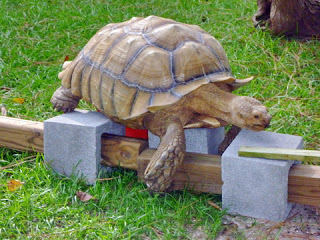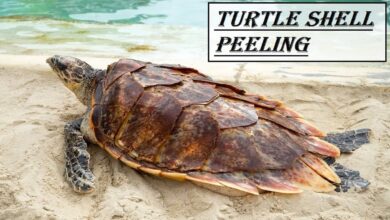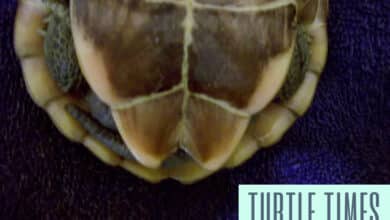Turtles & Tortoises
Turtle & Tortoise Care FAQ
Below we have put together a list of FAQ’s by turtle owners and commonly asked questions we have seen across the internet. If you have any answers or would like to update the below, please contact us and send the link to our team.
- Sites to buy turtles
- Exposed Bone Where the Scute Should Be
- Nolvasan for shell rot (and where to buy it)
- will uva/uvb go through thick glass window?
- My hatchling is not eating. Any suggestions?
- Can I keep different species of turtles together?
- Can I use sand/gravel/river rocks as a substrate for my aquatic turtle?
- Small Amounts of Algae On Your Turtle?
- The British & Places to buy in the UK
- What type of substrate should I use in my tortoise’s/box turtles enclosure?
- What kind of turtle is the smallest?
- Vitamin A deficiencies and supplements…
- heat or not?
- itchy turtle
- Prickly Pear FRUIT?





